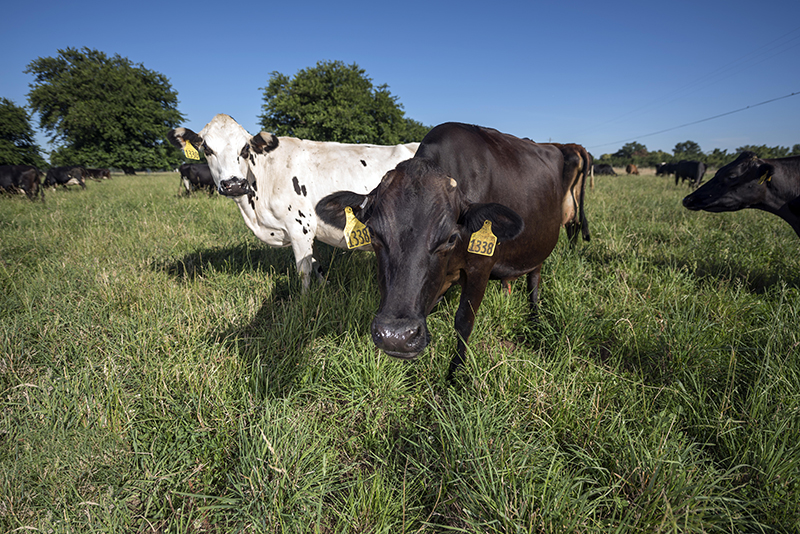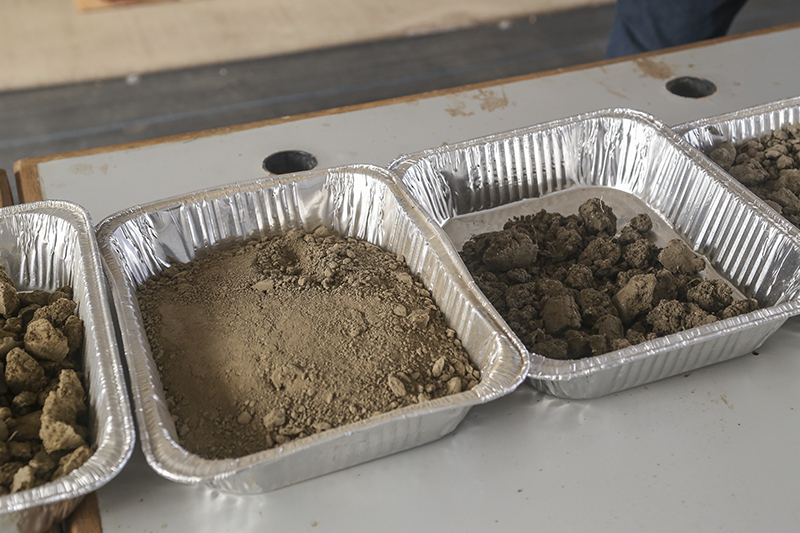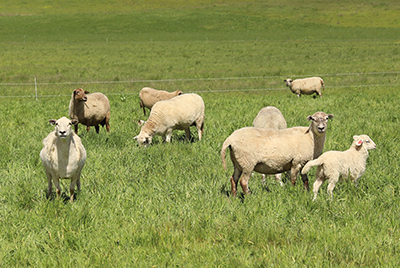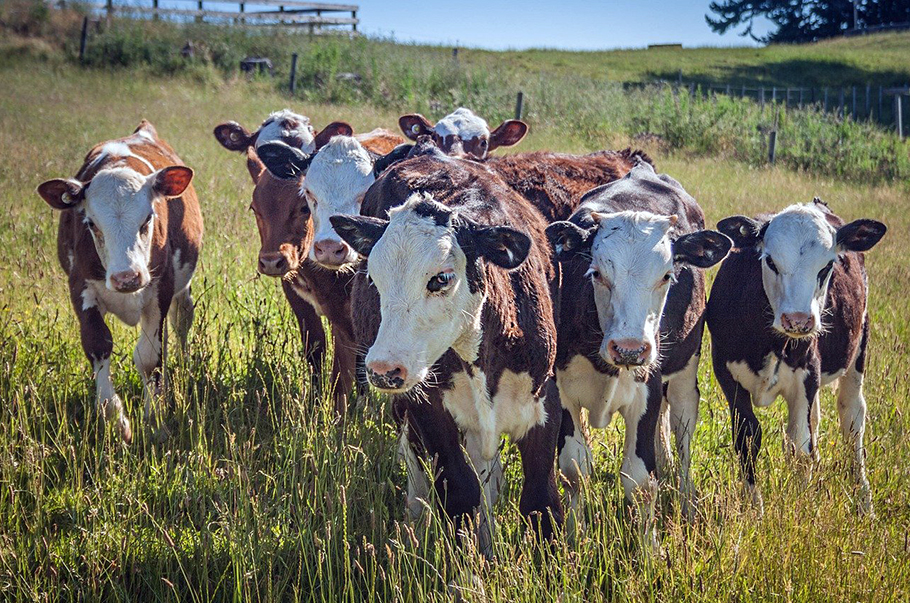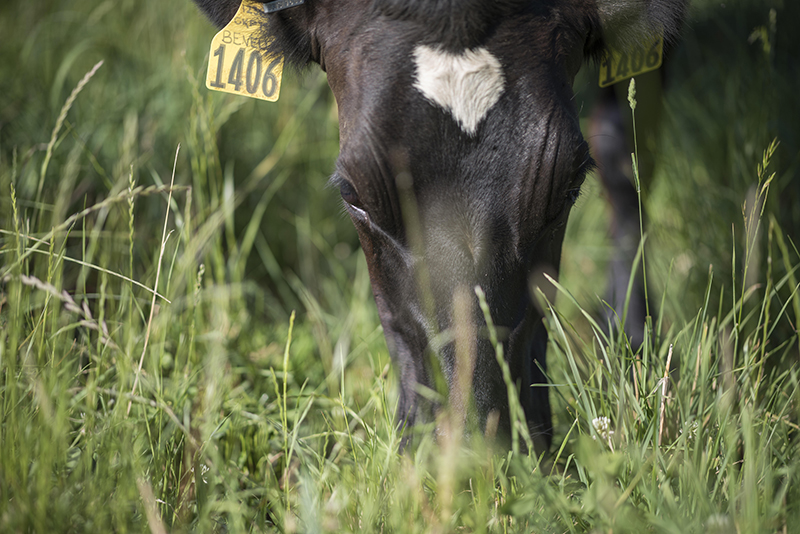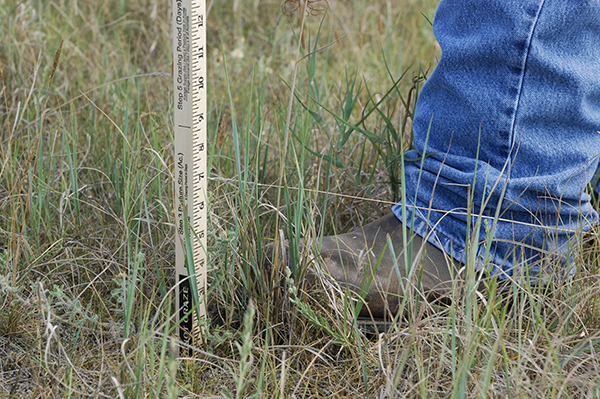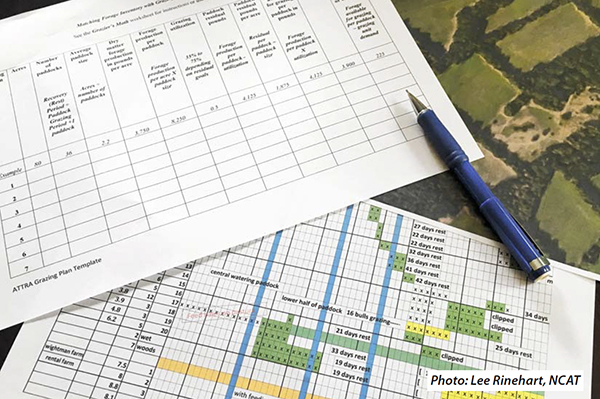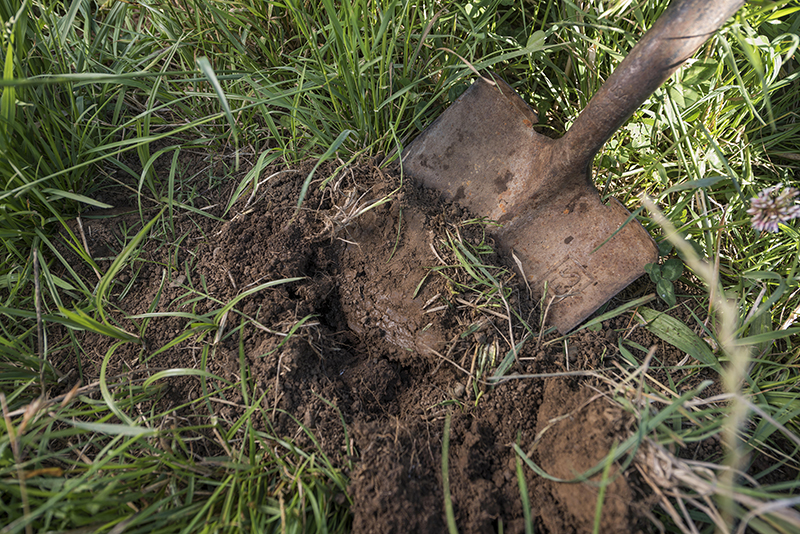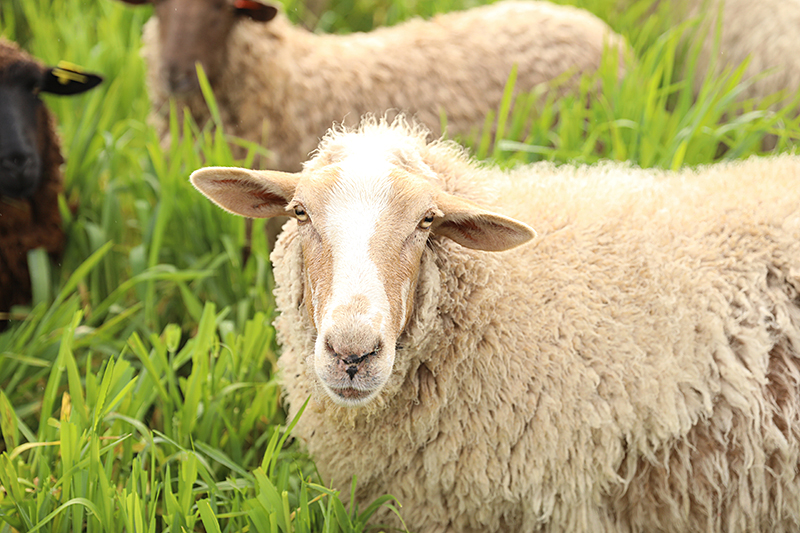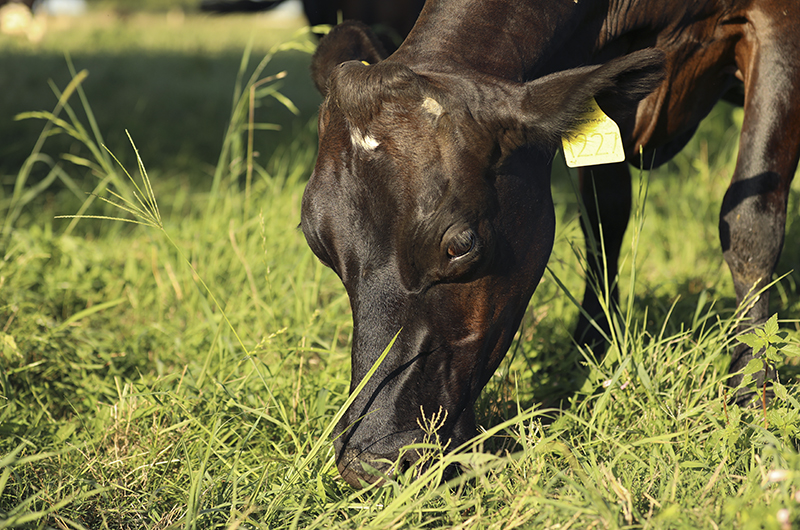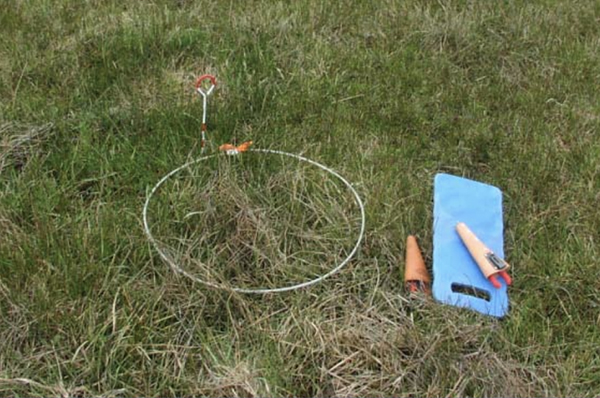
How to Read a Pasture
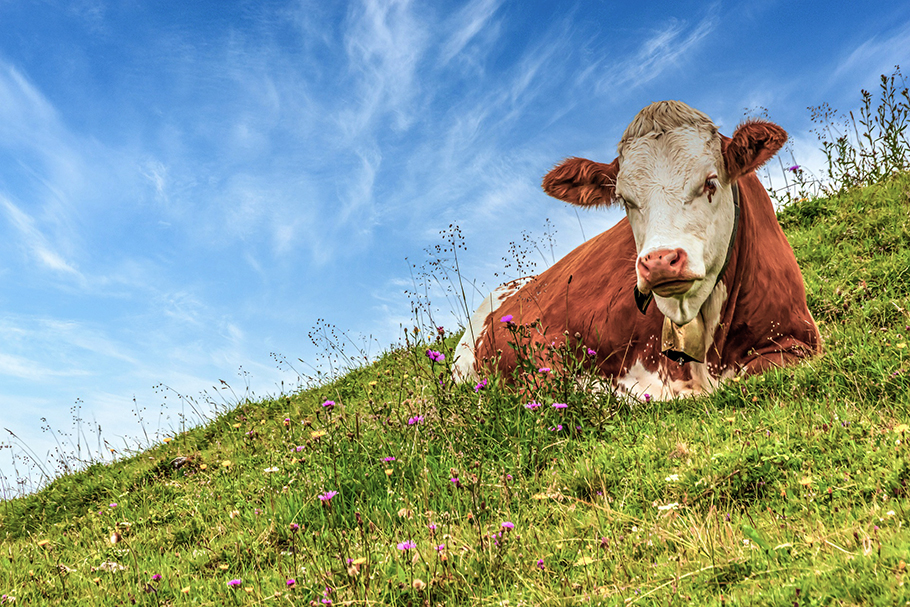
The goal in wise pasture management is to optimize animal and plant productivity without harming the soil, water, and air quality. Regularly assessing the state of your pasture helps you make important decisions. Certainly, if you notice your animals are doing poorly or their forage has declined while unwanted weeds have invaded, you’ll want to make some changes. But you should also be on the lookout for visible soil loss, increased runoff, and impaired water quality as those indicate significant problems that could affect your pasture’s productivity as time goes on. Consider doing soil testing at least once every three years to help you make the best decisions.
Assess your pasture’s condition before adding livestock, at peak forage supply periods, at low forage supply periods, when plant stress appears, and near the end of the grazing season to decide when to remove livestock. In a rotational grazing system, check often enough to make sure your animals are being moved through the rotation at an appropriate stocking rate and at appropriate intervals based on current conditions. During slow growth periods, the grass needs longer rest periods to recover. It is best to move livestock before the grass is eaten too close to the ground as overgrazed plants do not recover well. Plants that are left at least 50% intact develop deeper roots that can access water and nutrients from lower underground. That makes the pasture more resilient to drought and protects against the encroachment of unwanted weeds. The roots and plant cover also help retain rainwater, improves soil fertility, and protects against soil erosion due to wind or water runoff.
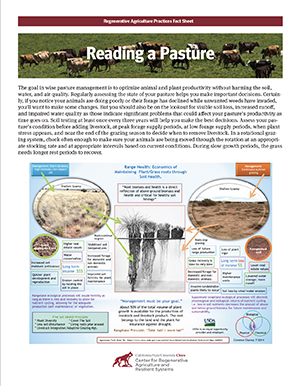
Download a printable fact sheet based on this page. (PDF)
Go to:
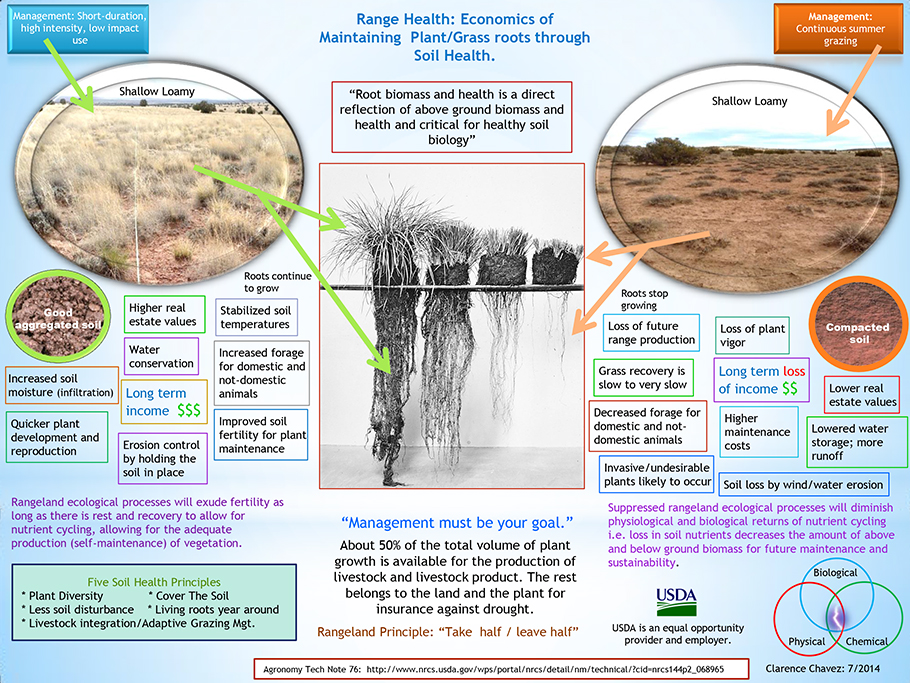
Videos
Adaptive Grazing 101: What Does an Ideal Pasture Look Like?
Dr. Allen Williams and the Pasture Project at the Wallace Center
Adaptive Grazing 101: What Can You Learn From Digging a Hole in Your Pasture?
Dr. Allen Williams and the Pasture Project at the Wallace Center
Science Literature
M Eysker, et al, “The effect of repeated moves to clean pasture on the build up of gastrointestinal nematode infections in calves(opens in new window),” Veterinary Parasitology, Volume 76, Issues 1–2,1998, Pages 81-94.
Scanlan, Joe, et al. “Resting pastures to improve land condition in northern Australia: guidelines based on the literature and simulation modelling(opens in new window).” The Rangeland Journal 36(5) October 24, 2014, 429-443
Waller, Peter J., "Sustainable nematode parasite control strategies for ruminant livestock by grazing management and biological control.(opens in new window)" Animal Feed Science and Technology, Volume 126, Issues 3–4, 9 March 2006, Pages 277-289
Woods, Steven R. and Ruyle, George B. “Informal Rangeland Monitoring and Its Importance to Conservation in a U.S. Ranching Community.(opens in new window)” Rangeland Ecology & Management, Volume 68, Issue 5, September 2015, Pages 390-401

